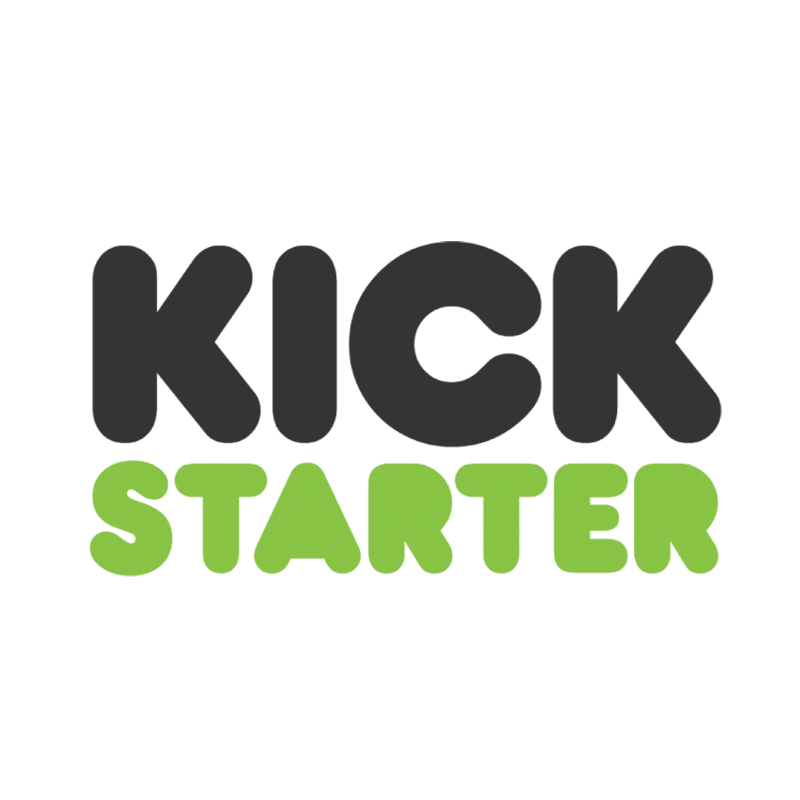On Launching My Daily Micro-Journaling Cards
Note: This business is no longer running. It was started in 2019 and ended in 2024. Reason for closure: shut down.
Hello! Who are you and what business did you start?
Hey there, I’m Jared Gold, and I’m a founder of PurposeCards: daily micro-journaling cards that help you make every day successful. Simply fill out the sun side in the morning, the moon side in the evening, and then store your card in the box behind the “Completed” tab for easy reference later on. They’re the size of a credit card so they’re easy to take anywhere and intentionally minimalist so they’re easy to commit to.
We launched our Kickstarter on March 24th, and as of April 6th, we’ve raised $1,565. We decided to launch right as COVID-19 infections started to accelerate because we figured this product could be very timely (and we wanted to get this out the door ASAP). Therefore, we didn’t have time to build a list or other pre-launch things ahead of time, but we have multiple other marketing initiatives actively going right now, where if a single connection works, it could really make the campaign a massive success (more on that below).

Download the report and join our email newsletter packed with business ideas and money-making opportunities, backed by real-life case studies.

Download the report and join our email newsletter packed with business ideas and money-making opportunities, backed by real-life case studies.

Download the report and join our email newsletter packed with business ideas and money-making opportunities, backed by real-life case studies.

Download the report and join our email newsletter packed with business ideas and money-making opportunities, backed by real-life case studies.

Download the report and join our email newsletter packed with business ideas and money-making opportunities, backed by real-life case studies.

Download the report and join our email newsletter packed with business ideas and money-making opportunities, backed by real-life case studies.

Download the report and join our email newsletter packed with business ideas and money-making opportunities, backed by real-life case studies.

Download the report and join our email newsletter packed with business ideas and money-making opportunities, backed by real-life case studies.

















